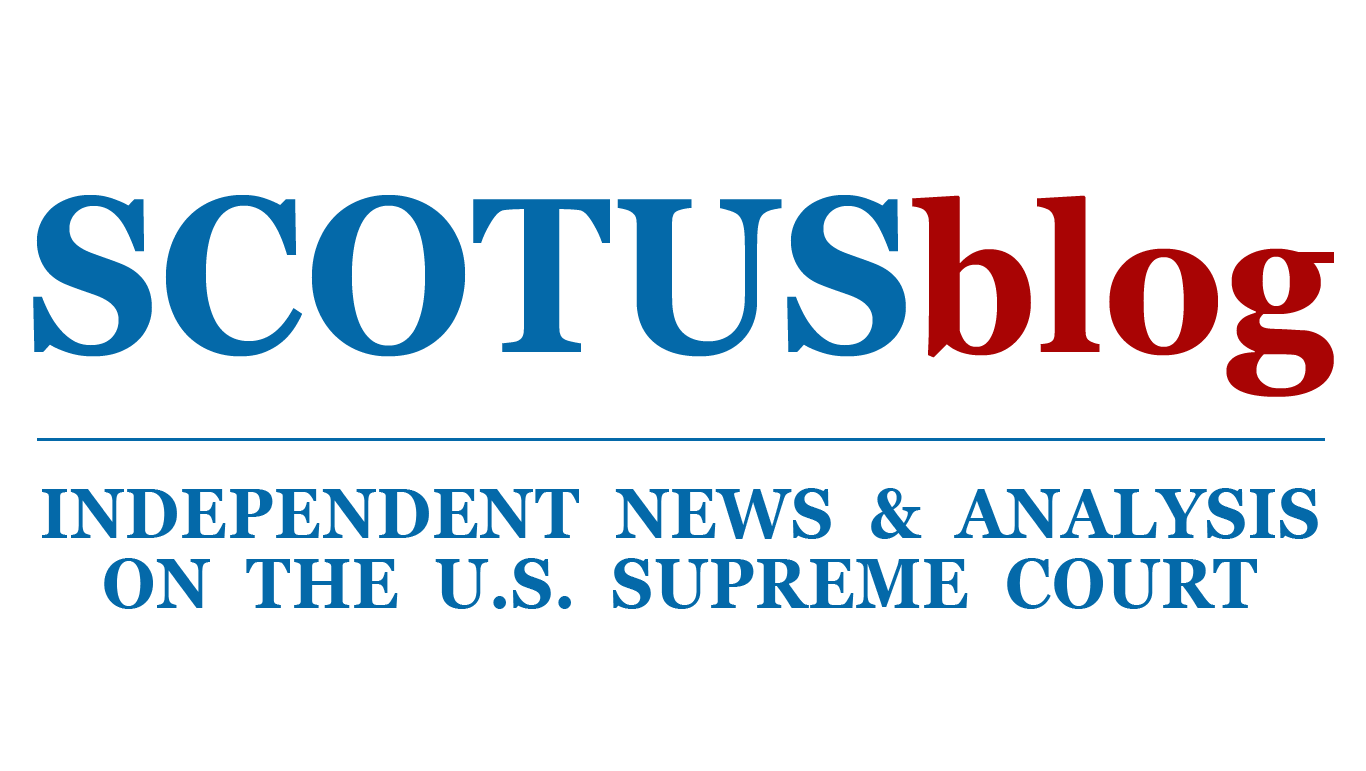Analysis: state power to enforce abortion laws

on May 23, 2005 at 2:56 pm
The Supreme Court’s decision on Monday to put the abortion controversy back on its decision docket could produce a major new ruling next Term on the power of states to enforce their new abortion control laws. The outcome of the case on the New Hampshire parental notice law (Ayotte v. Planned Parenthood of Northern New England, 04-1144) potentially could mean that states could begin enforcing new abortion restrictions, and keep them in effect at least long enough to test their practical impact on pregnant women.
For years, courts have been allowing “facial†challenges to new abortion laws, and frequently those tests have resulted in court orders banning enforcement even before the statutes took effect. Those challenges have succeeded, in part at least, because the courts have used a less tolerant standard of review, and thus have not followed a Supreme Court precedent that supposedly limits facial challenges. (Three recent cases in which that standard was not used are the major lawsuits challenging the constitutionality of the new federal ban on what is called “partial birth abortion,†a law enjoined before it could take effect.)
The precedent is United States v. Salerno, a 6-3 decision on May 26, 1987. Written by Chief Justice William H. Rehnquist, the decision upheld a federal law allowing detention of criminal suspects in advance of trial. (Three Justices still on the Court took part in that ruling – Rehnquist, along with Justices Sandra Day O’Connor and Antonin Scalia, in the majority, and Justice John Paul Stevens in dissent.) Salerno has generated the most controversy in the abortion field.
Here is a key passage from Salerno: “A facial challenge to a legislative act is, of course, the most difficult challenge to mount successfully, since the challenger must establish that no set of circumstances exists under which the act would be valid. The fact that [a law] might operate unconstitutionally under some conceivable set of circumstances is insufficient to render it wholly invalid…â€
But, in the abortion context, state laws have been rendered “wholly invalid†by facial challenges not applying the Salerno standard. Instead, they have applied what is known as the “undue burden†test.
The undue burden standard, first recognized by a Court majority in the celebrated 1992 decision in Planned Parenthood of Southeastern Pennsylvania v. Casey, provides that an abortion law will be struck down if it imposes an undue burden on the right to abortion of a significant number of women – even if it is possible to cite some situations in which the statute could be validly applied.
Thus, there has been some tension between the undue burden and the Salerno standards. The First Circuit acknowledged that tension in striking down the New Hampshire parental notice law, finding it would impose an undue burden on pregnant minors by failing to provide an exception to parental notice if an abortion were necessary for the minor’s health, and also finding that its death exception was inadequate.
Now, it is up to the Supreme Court to resolve the tension between the two standards.
Politically, the Court’s agreement to take on that case comes at an interesting time – that is, just when the Senate is mired in a deep controversy over judicial nominations. The future of abortion rights is very much an issue in that debate, and the Court has just given the Senate a reminder that filling vacancies on the courts – including, perhaps, the Supreme Court – could make a difference to abortion rights and state power to limit those rights.
The New Hampshire grant also has some other significant legal implications: it could provide new guidance on the role that a health exception plays in judging abortion laws. That will be the central issue when the partial birth abortion cases reach the Court, perhaps in its next Term. But the New Hampshire case will be exploring that issue before the partial birth ban would be ready for review.


